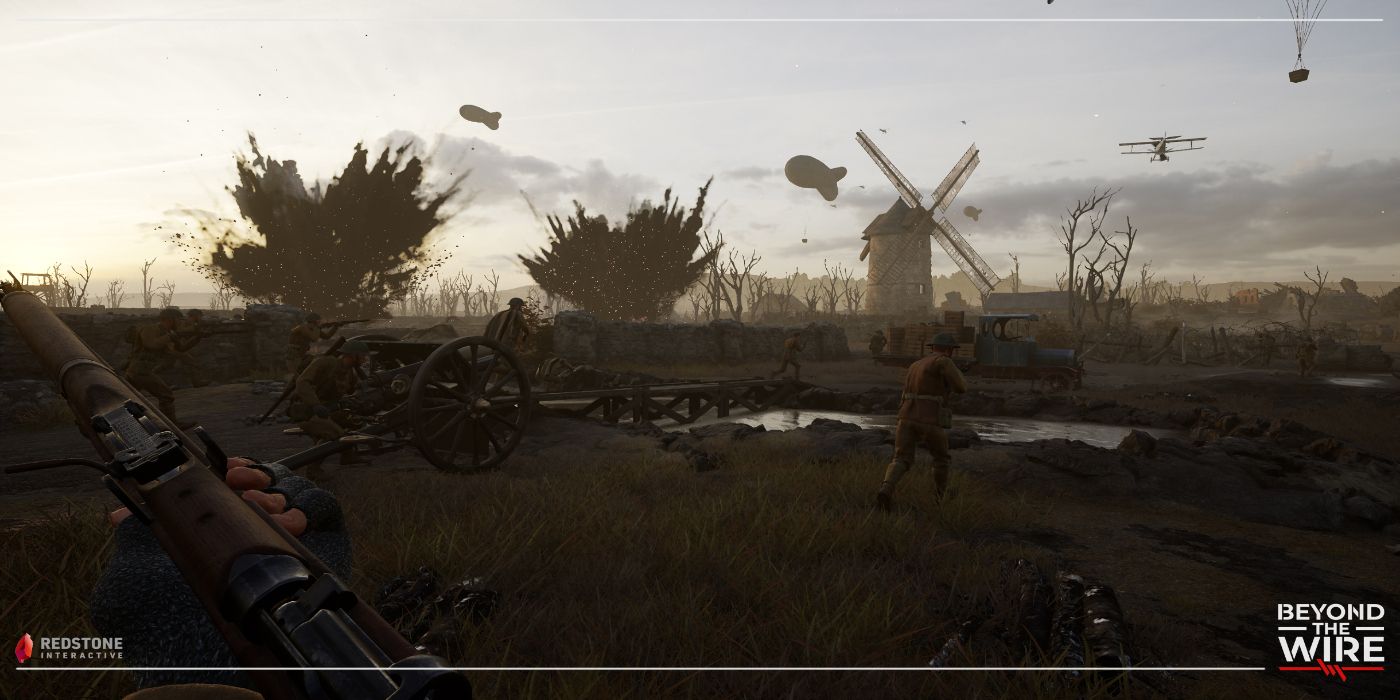
It's a dark evening outside the French village of Frise as French and British soldiers march in, scars from the artillery covering the land. It's silent except for a few pops coming from the horizon, and then artillery shells begin raining down as the soldiers attempt to take the village and beyond. Beyond the Wire aims to simulate intense World War One conflict, where either side can come out on top as long as players communicate with their team.
Beyond the Wire puts players in the boots of a soldier on either side of the battle in World War One. Teams of up to 50 players on PC each split into sections such as Heavy Machine Guns, Infantry, Recon, and more. All these sections are kept in line by the Command passing down orders to the heads of each squad. Those leaders help commanders by spawning soldiers closer to the battlefield and placing marks so Command can tell the artillery where to fire. Game Rant sat down with Redstone Interactive CEO Bruno De Araujo and Lead Game Designer Baron to learn more about the game's design and upcoming DLC. Interview has been edited for clarity and brevity.
RELATED: Call of Duty: Black Ops Cold War Players Are Being Randomly Chosen for A Special Reward
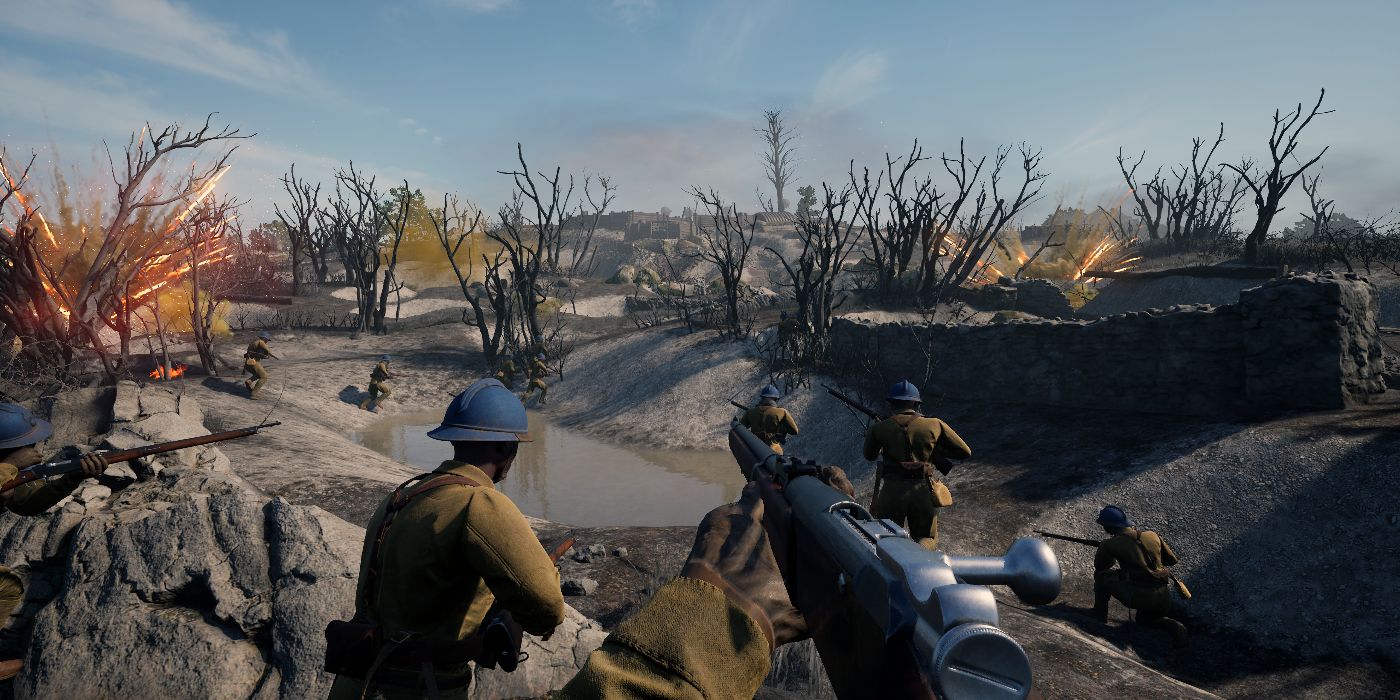
Q: How do you limit the different infantry and artillery squads on each map to make it fair?
Baron: So, we kinda ended up where we were because we used to have this flare gun that would call in the artillery strikes that the section leaders would have. But because it was just too easy to just respawn, and now you have another one, it got super spam-y. Like you barely ever shot at anyone, you’d just be getting blown up by artillery all the time. It was absolute chaos.
We always wanted to do the field gun section, but now they have more unlimited explosive power. Then to call in the artillery, there has to be a lot of teamwork elements that go into it. Squad leaders have to place down the marks, then the commander needs a signaler, the signaler needs to give him a field phone or the commander needs to interact directly with the signaler. Then he can call in the artillery on the support marks, so it kinda creates this little chain. We limit them a bit further by having a cost and a cooldown.
Q: How do the different squads, such as infantry and recon, support each other?
Baron: Their main method of communication is gonna be on their section leader voice channel. All the leaders can talk to each other and coordinate, including the commander. The way they support each other is making the best use of their section’s strengths. What I’ll normally hear in command chat will be people calling out “There’s their field guns, there’s their machine guns. Is there a field gunner or sniper who can go deal with them and clear them out? Can you get a mark on it and call in artillery?”
Generally, engineers, their job is to create a defensive position on whatever point you’re trying to defend. They can be used offensively, but I think defending is their best thing right now. There are some tools that they will have, but right now I don’t think it’s in, cause it’s only a prototype. But we gave them this Bangalore torpedo, and it can actually clear out big sections of barbed wire so they could go on the offense and clear a hole. They could also deploy these assault ladders which would let you get on the roof or jump a wall that’s giving you a lot of trouble.
Q: What systems are there in place to keep your squad from roaming off?
Baron: To be honest, some of those systems are a little underdeveloped right now. But there are a couple things that do exist, but their effectiveness might be questionable at this stage in development. There’s the penalty for getting incapacitated too far from your leader. That’s a little bit of an abstract penalty, I don’t know how much it means to players at this point.
There’s kinda an encouragement that’s unseen right now just because of how the UI affects things, which is that the infantry section leader has an ability that will affect squad members that are near him. The idea would be, stick with your squad leader if you wanna benefit from this ability when it gets triggered. Then on top of that, there is the proximity chat and the fake radio squad chat as well. I think in terms of being able to survive for any length of time on that battlefield, you kinda need to be close to people calling out the targets in proximity chat. Because, as you see, people will get on top of you so fast if someone’s not calling them out.
Another one would be spawning. You spawn on the leader or directly on a rally, so as long as your squad leader is alive or you have a rally, it’s pretty easy to spawn together and stay together.
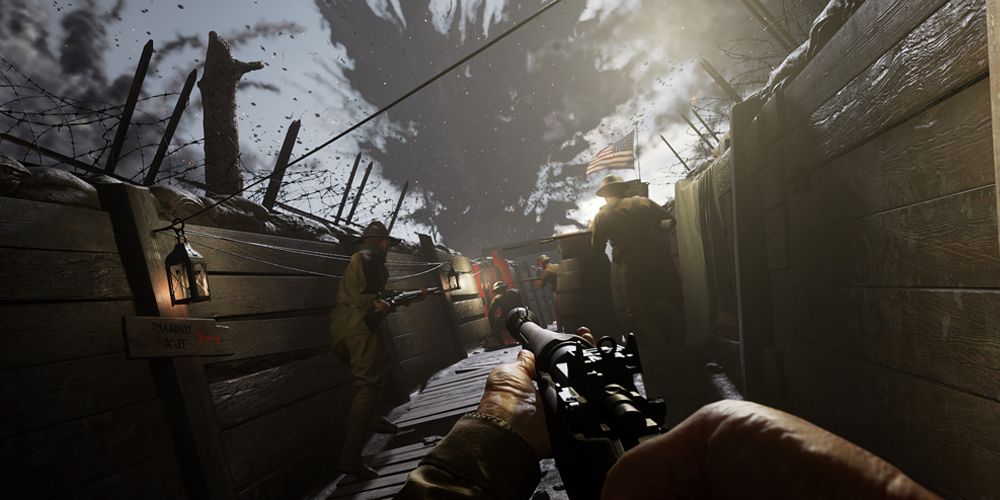
Q: What kind of strategies or tips would you give a newcomer?
Araujo: One of the main things, as you saw while we were playing, is to stick close to your teammates. Don’t try to be a ‘lone wolf’ and be a one man army. That doesn’t really work well in Beyond the Wire. All the gameplay elements are there to try and get people to play together. Teamwork is the number one thing we try to promote here.
RELATED: Interview: Call of Duty Pro Seany Talks Teamwork, Favorite Guns, and Winning Strats
Q: What were your favorite historic battles to create/recreate?
Baron: Oh, man. Well there’s some that we haven’t created yet that I would love to recreate.
Araujo: There are some in production right? Like, can we talk about Vimy Ridge?
Baron: Yeah, that’s gonna be a map coming out in our next big content update in which we’re gonna be adding the Canadians. Vimy Ridge was the first time that all of the Canadian divisions fought together in World War One as a single Army Corps. It was this really difficult objective to take that they’d been fighting over for the whole war and hundreds of thousands of guys had died trying to take this objective and then the Canadians did it really handily. The thing was, it was only supposed to be a diversionary attack for a bigger offensive, and it ended up being this huge breakthrough. It’s a really important moment in Canadian military history, especially Canadian World War One history.
Q: Was Beyond the Wire inspired by any other military shooters?
Baron: Well, I think the ones we looked at closely in terms of which experiences we wanted our game to fit in around, the big influences are Red Orchestra, Rising Storm, and Rising Storm 2: Vietnam. For the melee aspects of the game, we looked at some melee heavy games like.. I’m forgetting the name. Bruno?
Araujo: Mordhau.
Baron: Mordhau, yep. There it is.
Araujo: Mordhau and Chivalry, games like that. That’s where the melee swings, blocking, and the stamina consumption, it’s all inspired by those kinds of games.
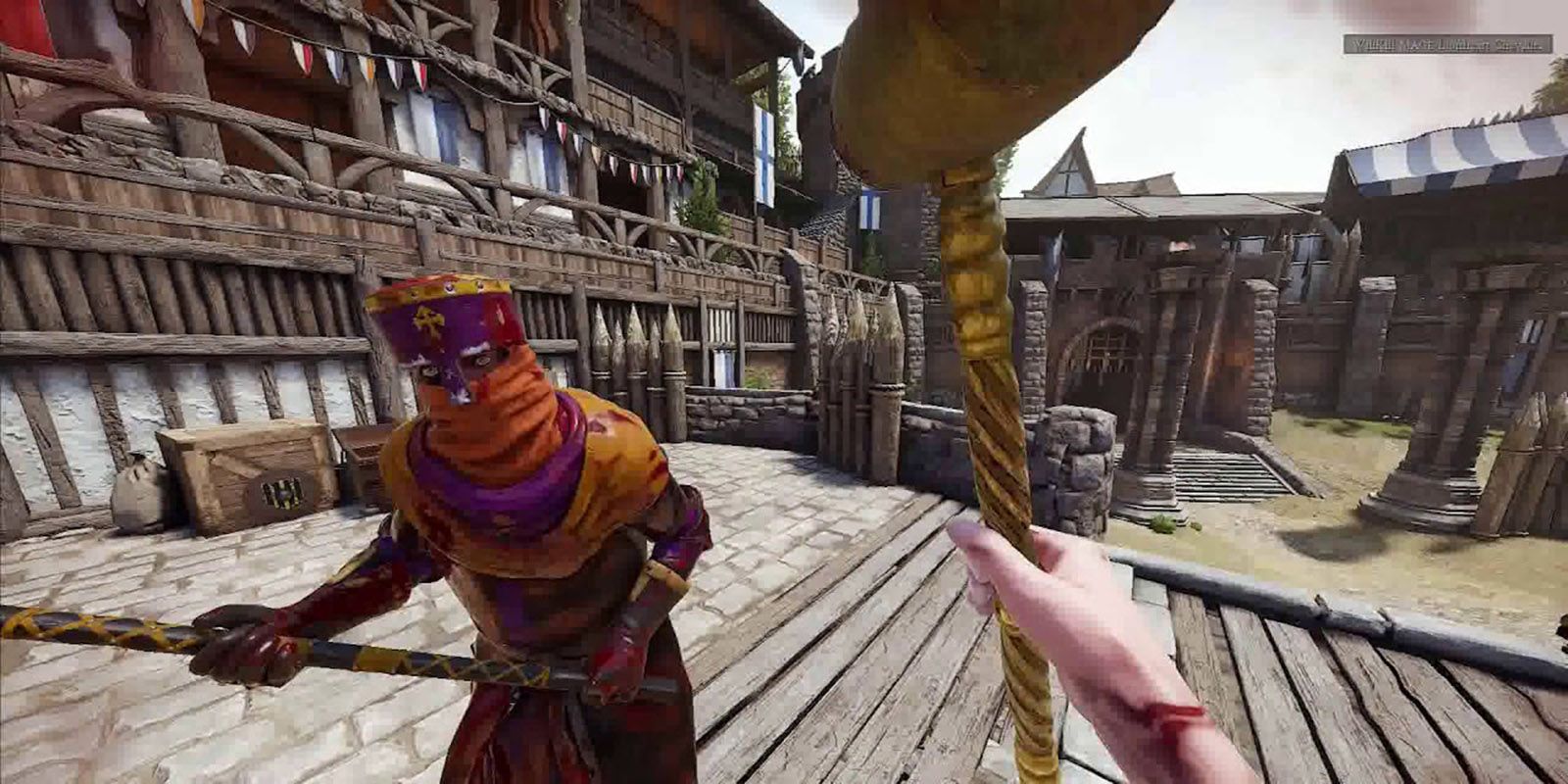
Q: Are there any other factions you are interested in that haven’t been announced yet?
Baron: What can I say, Bruno?
Araujo: No, we can definitely talk about it. Especially the stuff that’s already on the roadmap, right? Alex touched on the Canadians that are gonna be coming. We also have Australians and New Zealanders. And we are also looking into more Central powers factions to add too, it’s currently just the German faction. But we’re gonna be looking at how to add to that, how to expand that.
There’s a lot of stuff coming in terms of factions, and we’re trying to represent some sub-factions, but they’re basically attached or connected to an existing faction that’s already in the game. For instance, the United States army has the 369th Division, which is the Harlem Hellfighters. They play similarly to the United States, but they have their own weapons and it’s a little bit different. It keeps the gameplay very interesting and very fresh, while also representing some of the battalions that don’t usually get represented much in video games. We’re really interested in that side as well.
Baron: I have a wishlist. I think big ones would be the US Marine Corps because they had some important battles in World War One. It would be great, but I don’t know if we’ll have the production time or resources to do it. the Senegalese Tirailleurs, that’s a French colonial troop that fought with the French. The Royal Newfoundland Regiment is one that I really would like to get to eventually, but I’m not sure how much our progression or customization system would support some of the smaller factions. Newfoundland wasn’t a part of Canada in World War One, so I thought it’d be cool.
There’s also some more Central powers that we could get into, such as the Jager regiment, which had more light infantry, mountain/forest troops on the German side. They had some distinguishing differences from the rest of the German army. As well as the Landwehr, which is their second line troops, or their reserve troops. The Portuguese even got in towards the end of the war. It’d also be cool to portray some Highlander specific regiments, you know, with kilts and bagpipes.
RELATED: Beyond the Wire Devs Detail 'Authentic' WW1 Customization System
Q: What drives the order in which you decide new factions?
Baron: I mean, there are a few things that go into it. One thing is kinda the overall appeal, how we think a certain faction would go over. But then it also comes down to production effort, like how much character assets, how many weapons would this faction need in order to be fleshed out properly.
Also on that point, now that it’s on the roadmap, the progression and customization system is kinda like the third question. Is there enough variety in their uniforms and their equipment that would support having these unlockables in the progression tree. We really wanna stick to things that are authentic, right? We don’t want to go into a Battlefield 1 approach, which let’s just say is super liberal with historical authenticity.
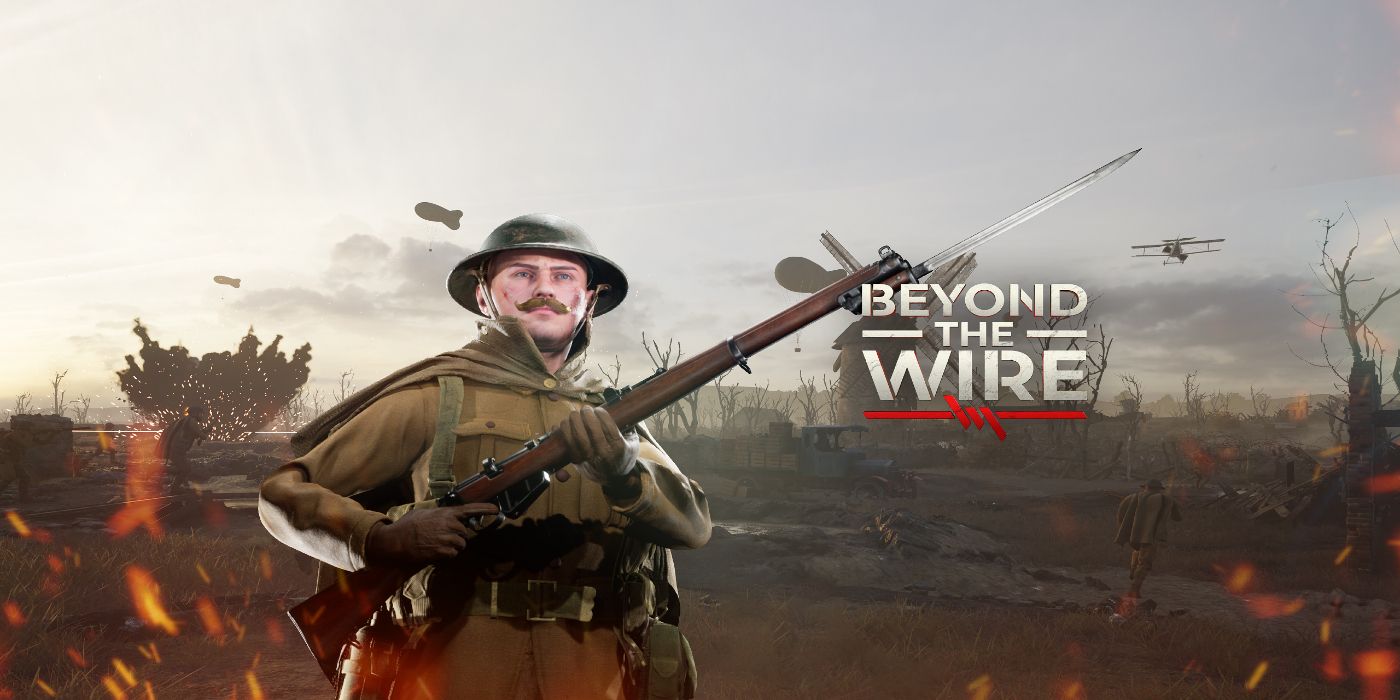
Q: What kind of customization and vehicle options do you hope to add in the coming updates?
Baron: I think there’s some stuff out there, I don’t want to talk too much. Essentially, it’ll be a modular character customization. So headwear, equipment, uniform. We’re gonna break that down into as many different modular components as we can. We can’t necessarily commit to what that’s gonna look like now because of technical challenges, and it’s all gonna be historically authentic pieces that you can use, there aren’t going to be any hot pink camo or tiger stripes.
You know how with some character customizations, you’d have pre-determined slots, like with some you can hot-swap between this preset and that preset, right? Well, we kind of have a system like that except it’s period appropriate. So basically, you’d have your 1914 or your early-war version customization uniform for a particular role, and then you’d have your 1916, 1918, late war version, whatever that ends up looking like. That’ll be how we control the authenticity of what you’re seeing. Like the Pickelhaube, the famous German World War One helmet with a little spike on top. It was really only there in 1914, so we didn’t want characters to be running around in 1918, at the end of the war, with these really silly, very early war cosmetics.
For vehicles, we’d like to get in tanks and planes for sure, and maybe more, maybe more on top of that. We’ll see how things go.
[END]
Beyond the Wire is available now for PC.
MORE: Call of Duty: Warzone Streamer Who Won a $10K Tournament Banned Live on Twitch

